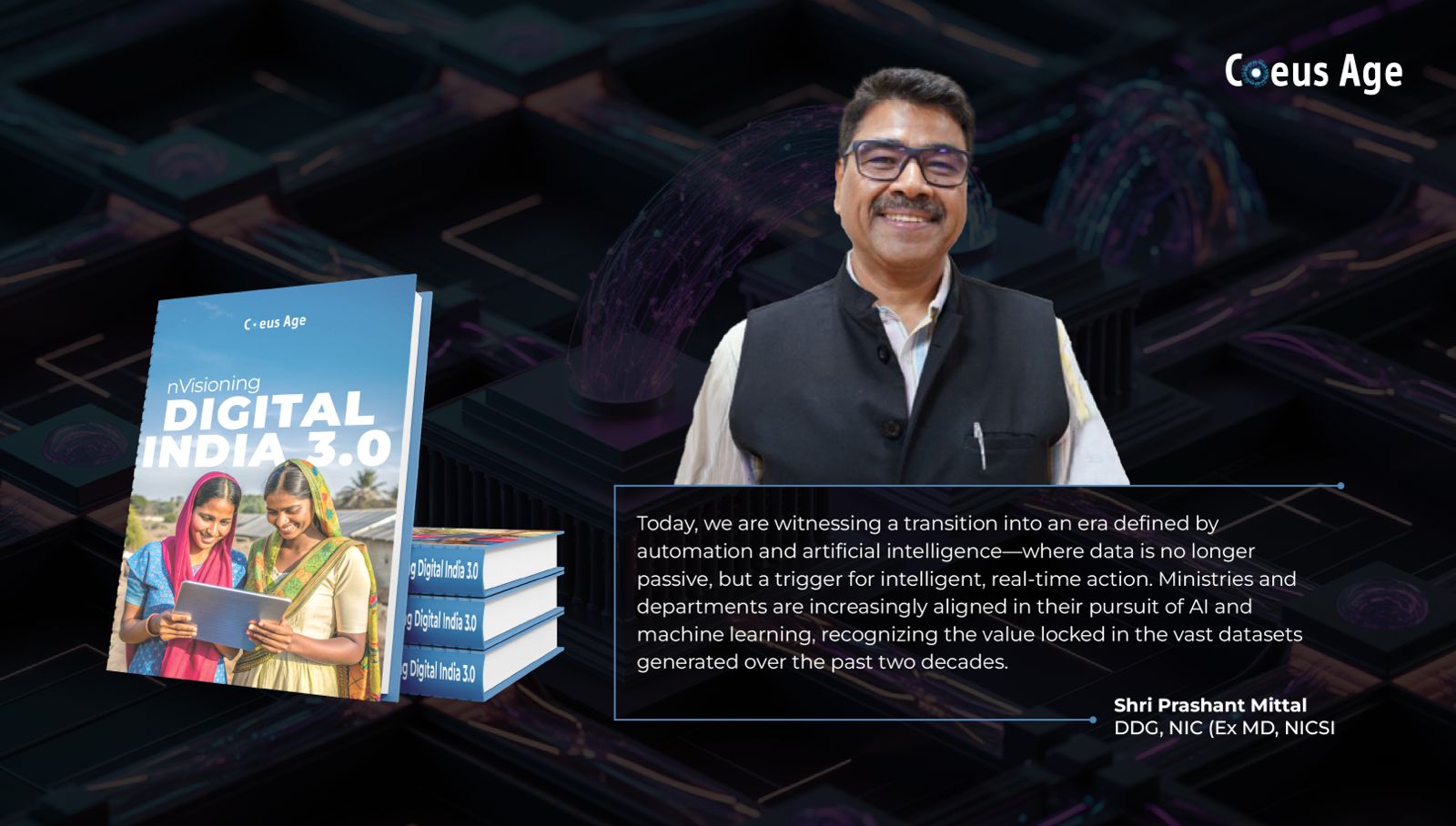India’s digital transformation has evolved in waves—each unlocking new frontiers for governance. The 1990s were marked by database management and Management Information Systems (MIS), laying the groundwork for performance monitoring and reporting. The early 2000s ushered in a new era of end-to-end workflow applications that exposed process inefficiencies and enabled faster, more responsive interventions.
The following decade saw the rise of data-driven governance. Ministries began leveraging historical data through predictive analytics, helping forecast demand for resources, optimize planning, and inform timely decision-making. Over time, simple analytics matured into more sophisticated models capable of supporting complex decisions across domains.
Read the complete report here https://online.fliphtml5.com/yobwf/ggeo/
Today, we are witnessing a transition into an era defined by automation and artificial intelligence—where data is no longer passive, but a trigger for intelligent, real-time action. Ministries and departments are increasingly aligned in their pursuit of AI and machine learning, recognizing the value locked in the vast datasets generated over the past two decades. While these datasets may include some noise, they are largely free from systemic bias and reflect real-world diversity—making them powerful fuel for AI models.
What sets this moment apart is the institutional readiness and strategic push at the highest levels of government. Initiatives like AI Kosh underscore a growing commitment to democratize access to high-quality datasets and build a robust AI ecosystem, supported by policy guidance, technological infrastructure, and expert capacity.
We are beginning to move beyond surface-level AI applications like voice assistants and chatbots. The next phase of AI in government will involve solving domain-specific, high-impact problems—ranging from reducing fraud in welfare schemes and improving diagnostics in public health, to forecasting agricultural outputs, enabling real-time learning analytics, and strengthening law enforcement through data-led intelligence.
An exciting and perhaps underexplored opportunity lies in AI-powered capacity building. Using generative AI and related tools, governments can provide personalized, on-demand, and cost-effective training to large sections of the workforce—bridging skill gaps across geographies without heavy investments in infrastructure.
However, for AI to truly deliver on its promise, three critical elements must be in place. First, each initiative must begin with a clearly defined use case—not driven by technology, but by real governance needs. Second, projects must be evaluated through a practical cost-benefit lens, with adequate computing resources and support systems built in. And third, ethical safeguards must be embedded from the outset to ensure fairness, accountability, and responsible use.
In my view, a unified and well-coordinated movement is underway to embed AI within the fabric of governance. With the right mix of intent, infrastructure, and innovation, AI will act as a force multiplier in accelerating India’s digital journey. As we step into Digital India 3.0, the goal is not just to digitize processes, but to intelligently transform them—making governance more agile, inclusive, and future-ready.



























